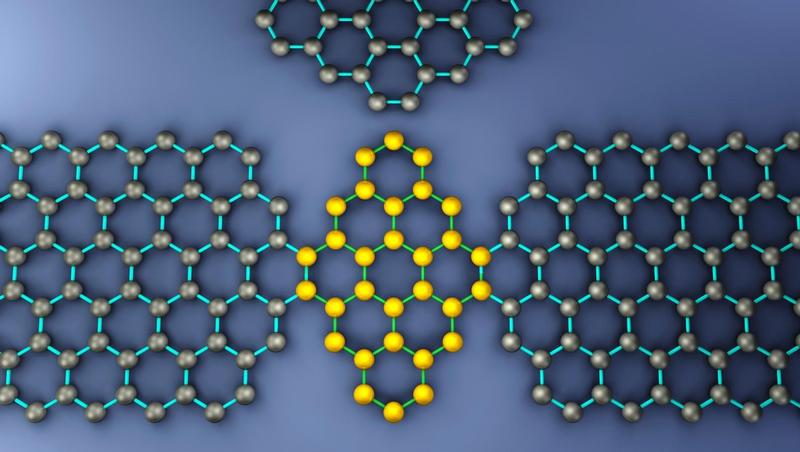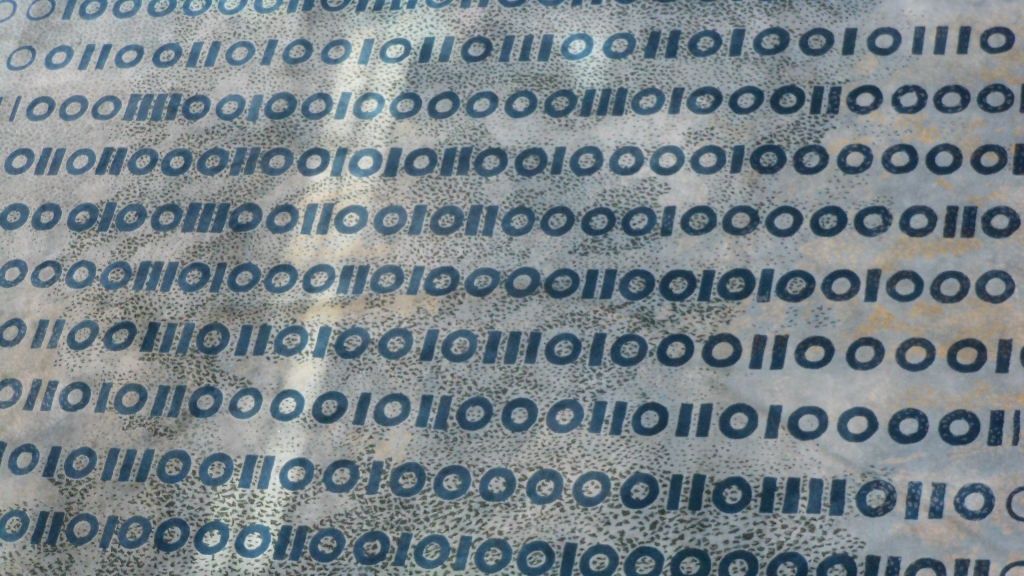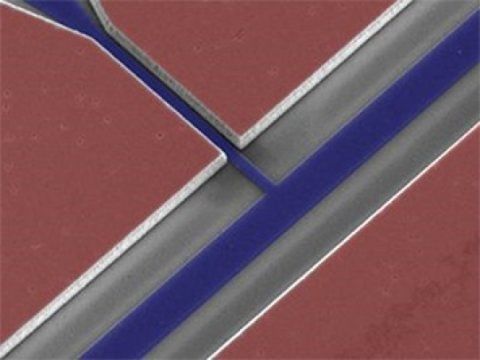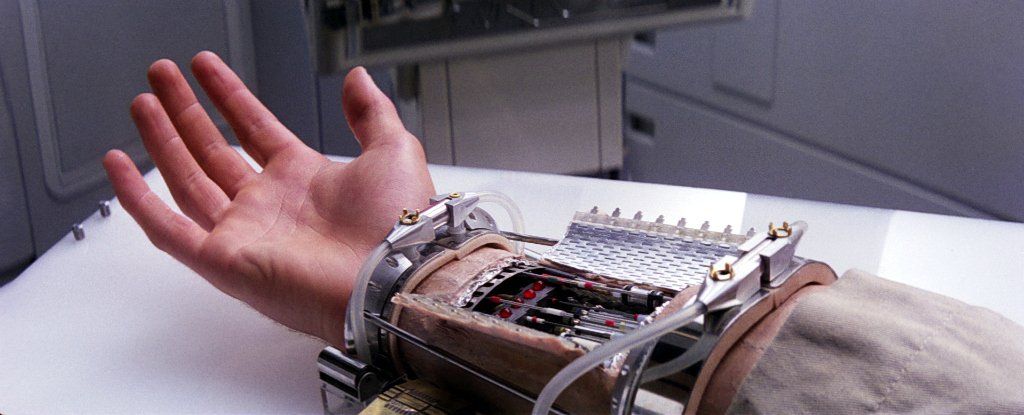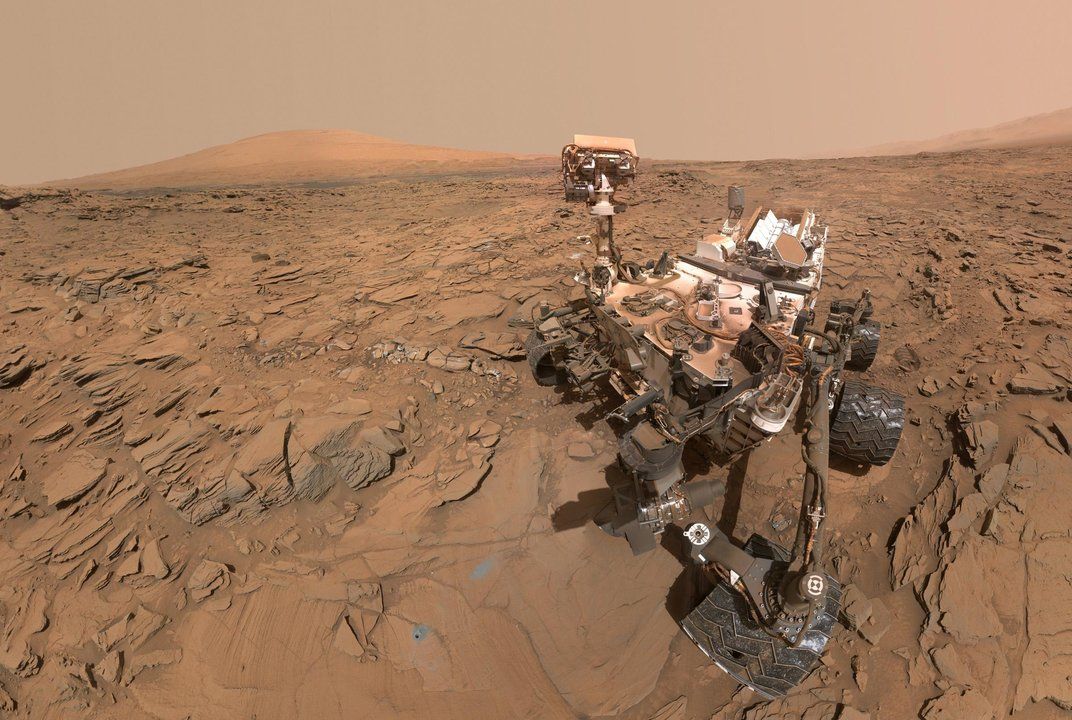Page 10940
Jul 30, 2016
Researchers apply quantum theory and Einstein’s special relativity to plasma physics issues
Posted by Karen Hurst in categories: particle physics, quantum physics, space
Among the intriguing issues in plasma physics are those surrounding X-ray pulsars—collapsed stars that orbit around a cosmic companion and beam light at regular intervals, like lighthouses in the sky. Physicists want to know the strength of the magnetic field and density of the plasma that surrounds these pulsars, which can be millions of times greater than the density of plasma in stars like the sun.
Researchers at the U.S. Department of Energy’s (DOE) Princeton Plasma Physics Laboratory (PPPL) have developed a theory of plasma waves that can infer these properties in greater detail than in standard approaches. The new research analyzes the plasma surrounding the pulsar by coupling Einstein’s theory of relativity with quantum mechanics, which describes the motion of subatomic particles such as the atomic nuclei—or ions—and electrons in plasma. Supporting this work is the DOE Office of Science.
Quantum field theory
Jul 30, 2016
Post-Quantum: the UK startup that wants to save the world from quantum computers
Posted by Karen Hurst in categories: computing, quantum physics
Jul 30, 2016
Crystal-Powered Quantum Entanglement Satellite Will Test Quantum Communications
Posted by Karen Hurst in categories: encryption, quantum physics, space
A Chinese satellite launching in August would be the first to bring a worldwide quantum-encrypted communication network to reality.
Jul 30, 2016
New device steps us towards quantum computing
Posted by Karen Hurst in categories: computing, particle physics, quantum physics
If biochemists had access to a quantum computer, they could perfectly simulate the properties of new molecules to develop drugs in ways that would take today’s fastest computers decades. A new device takes us closer to providing such a computer. The device successfully traps, detects, and manipulates an ensemble of electrons above the surface of superfluid helium. The system integrates a nanofluidic channel with a superconducting circuit.
Because they are so small, electrons normally interact weakly with electrical signals. The new device, however, gives the electron more time to interact, and it is this setup that makes it possible to build a qubit, the quantum computing equivalent of a bit. Quantum computers could provide the necessary computing power to model extremely large and complex situations in physics, biology, weather systems and many others.
While isolated electrons in a vacuum can store quantum information nearly perfectly, in real materials, the movements of surrounding atoms disturbs them, eventually leading to the loss of information. This work is a step towards realizing isolated, trapped single electrons by taking advantage of the unique relationship existing between electrons and superfluid helium. Electrons will levitate just above the surface of helium, about 10 nanometers away, insensitive to the atomic fluctuations below. While this effect has been known, holding them in a superconducting device structure has not been demonstrated before this work. At the heart of this new technology is a resonator based on circuit quantum electrodynamics (cQED) architecture, which provides a path to trap electrons above helium and detect the spins of the electrons. Because they are so small, electrons normally interact only very weakly with electrical signals.
Jul 30, 2016
Cell biologists should specialize, not hybridize
Posted by Karen Hurst in categories: biological, computing
Very true POV.
Dry cell biologists, who bridge computer science and cell biology, should have a pivotal role in driving effective team science, says Assaf Zaritsky2.
Jul 30, 2016
Researchers have made a prosthetic arm based off Luke Skywalker’s
Posted by Bryan Gatton in categories: biotech/medical, cyborgs
A US Defence Advanced Research Projects Agency (DARPA)-funded prosthetic arm will be released for commercial use beginning in late 2016.
The LUKE arm, one of the world’s most advanced prosthetics, was designed by Segway creator Dean Kamen and has been under development for close to a decade.
The LUKE arm is named after Luke Skywalker’s advanced prosthetic from the Star Wars films, and its banner feature is its control system.
Continue reading “Researchers have made a prosthetic arm based off Luke Skywalker’s” »
Jul 30, 2016
New Tech Installed on The ISS Set To Form Solar System-Wide ‘Internet’
Posted by Shailesh Prasad in categories: internet, space travel
The ISS has just installed a new technology known as Delay/Disruption Tolerant Networking, the first stage in a new mission that aims to allow the implementation of a Solar System-wide Internet in the near future.
As more investment and innovation is given to space exploration, the ISS is becoming a very busy place. And with Moon colonies and manned missions to Mars looking more and more like reality, the nearly-20 year old station is in dire need of an upgrade.
And its getting one. New technology has been installed in the ISS, and it is designed to form the basis of an internet-style network spanning the whole (or most of the whole) of our cosmic neighborhood. It’s called DTN, or Delay/Disruption Tolerant Networking.
Continue reading “New Tech Installed on The ISS Set To Form Solar System-Wide ‘Internet’” »
Jul 30, 2016
History, Travel, Arts, Science, People, Places
Posted by Matthew Holt in categories: science, space
The methane seems to bloom in the Martian summers when the atmosphere is viewed with spectrography lenses on powerful telescopes I read once. Which always made me wonder if there’s algae of some form in the subsoil.
Scientists are getting closer to solving one of the biggest Martian mysteries.


